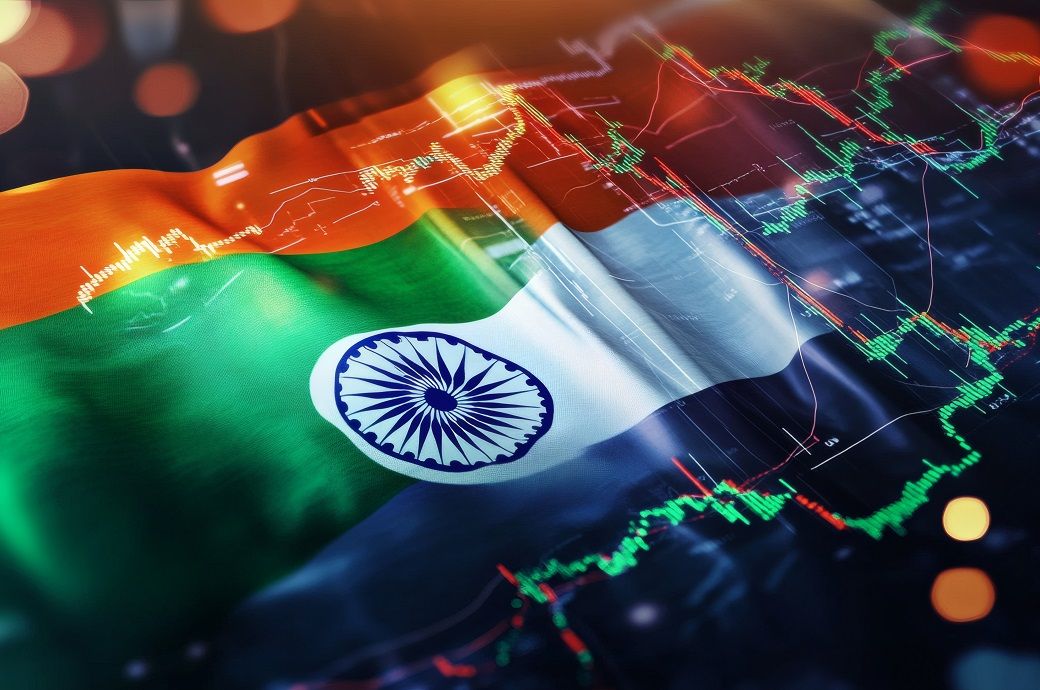For more coverage of the Jan. 6 attack, read our collection of essays and reflections examining where we are as a country one year later, including what has — and hasn’t — changed since a violent mob of Trump supporters stormed the U.S. Capitol.
“They’re interested in political reform and not in the fact that people are pissed.”
That’s something University of Michigan political science professor Christian Davenport told me in the days after Jan. 6, as Amelia and I tried to understand how some Americans’ political dissatisfaction had turned into violence against their political enemies. And now, a year later, I keep thinking about that quote.
Davenport was trying to get me to understand that while the riot at the Capitol was inherently political, the divisions fueling it were not. Right and left, Democrat and Republican: Those splits exist in society, but they weren’t the cause of what happened. Income inequality, racial resentment, declining trust in institutions — those were the really dangerous things, Davenport said. We tend to think of those divisions as partisan because that’s the divide our polling data is set up to track. But in quantifying and graphing the tree counts, we miss the fact that we are in a forest.
Davenport is not the only political scientist who thinks important trends are going unnoticed because our polls and graphs are stuck paying attention to partisan politics. Even the very polling that tells us Americans don’t like people on the opposite side of the political spectrum contains hints that this division is not as clear-cut as it appears on the surface, said Anne Wilson, a professor of psychology who studies self identity at Wilfrid Laurier University in Canada.
For example, studies have shown that Americans assume more partisan polarization exists than really does, and political partisans often really dislike the other side for reasons that have nothing to do with who those people are or what they believe in. In one 2018 poll, for instance, more than 75 percent of Republicans said racism still exists in America, but Democrats thought that about half of Republicans felt that way. Republicans, meanwhile, assumed the vast majority of Democrats wanted completely open borders; a little more than a quarter agreed with that idea.
Other research has found that, even as Americans are more polarized from each another, more and more of us are identifying as political “independents” — as high as 45 percent in the weeks preceding the Jan. 6 riots. “Some of the things really activating people aren’t things that are really about partisan ideology,” Wilson said.
Rather, the way Americans feel about the political and social establishment may be far more telling. That is, instead of looking at public opinion along a left-right political axis, we could look at how Americans are divided along the lines of anti-establishment ideology.
A team of researchers found in a 2021 paper that an anti-establishment dimension would explain some of the more worrying extremes in American politics — things like support for conspiracy theories, endorsement of anti-expertise opinions and seeing politics as a battle between good and evil — better than the left-right dimension of our politics. One of those researchers, University of Miami political science professor Joseph Uscinski, found no difference in the prevalence of anti-establishment beliefs between Democrats and Republicans, using survey data collected in October 2020. What’s more, Uscinski found that anti-establishment ideologies better predicted belief in the conspiracies of QAnon and Trump’s claims of voter fraud than did left-right orientations.
What happened on Jan. 6 aimed to put a Republican president back in power — but Republican ideology might not be the best way to understand where the fear and anger on display at the Capitol came from.
So what do we lose if our polling and research analyses aren’t set up to see that?
Plenty, according to Wilson. Political parties benefit from stoking and promoting partisan polarization because it sparks more activism on their behalf. And an academia and a media that buy into that division as a primary explanation for American political violence risk creating the sort of false partisan polarization that leads us to believe the other side wants things they don’t really want.
But even more concerning is the fact that anti-establishment ideologies don’t vanish or become irrelevant when we don’t look at them. The beliefs are there, waiting for someone to pick up and use. A politician could come along and harness anti-establishment ideologues into his or her political caucus. That politician could then convince those Americans that they are the only trustworthy part of the political world. And that politician could convince Americans with an anti-establishment ideology to fight for him or her. You could argue this is exactly what Trump did, and the Republican Party has more politicians who have gone this route — but it’s an option open to either party. Ignoring anti-establishment ideologies means ignoring how political partisans might turn them into weapons, just as they did on the steps of the Capitol.

:max_bytes(150000):strip_icc()/Health-GettyImages-1343543856-dad2fa95e1984076a943d1623fd5a860.jpg)



